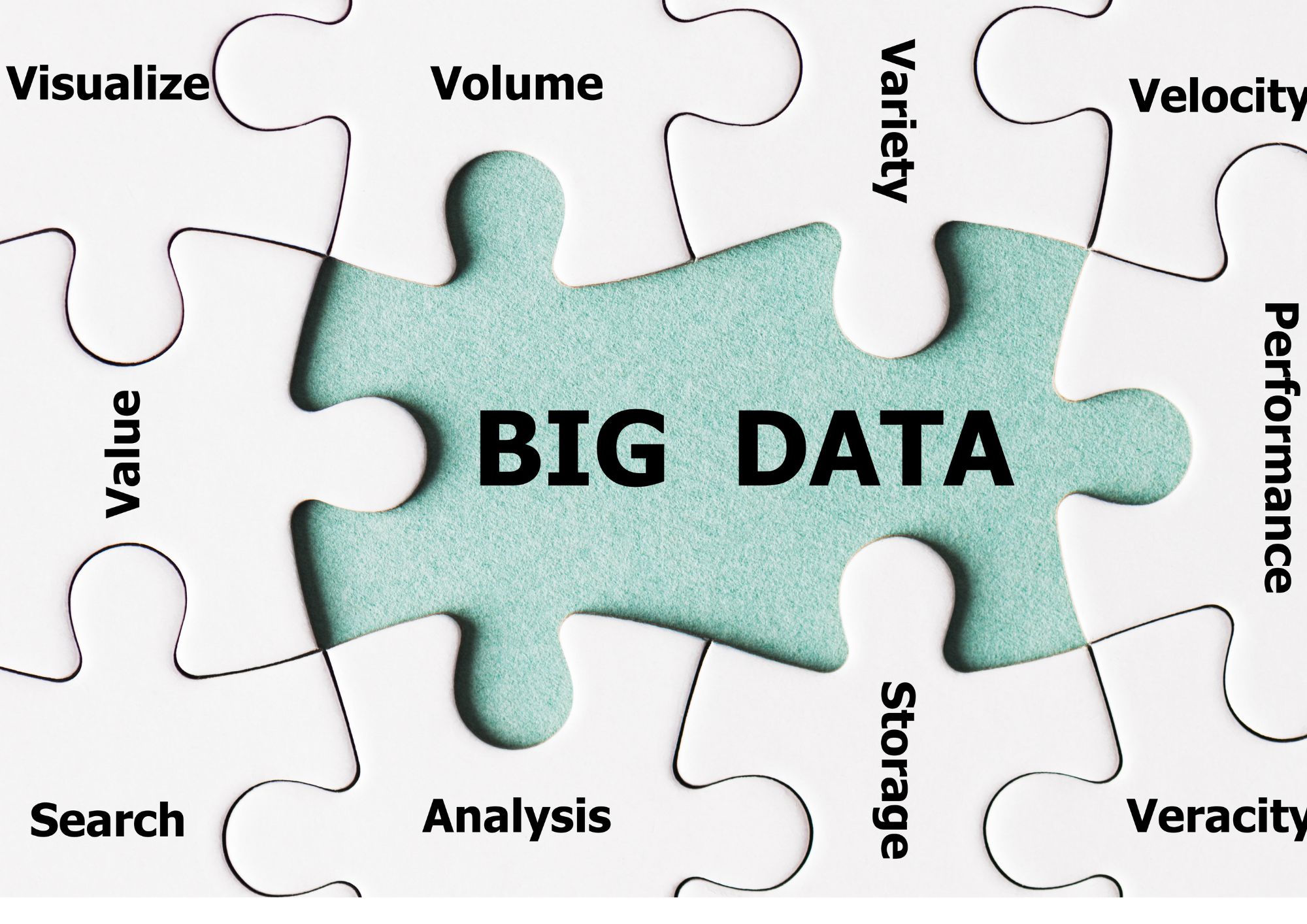The digital age has brought with it an explosion of data, and the ability to harness this data is crucial for organizations to thrive.
AI and big data are transforming businesses across industries, driving efficiency, and providing unparalleled data-driven insights. In this article, we will delve into the world of AI automation, big data analytics, and their impacts on organizations.
We will also explore real-world examples, facts, and figures that demonstrate the power of AI and big data.
Section 1: Understanding AI and Big Data
AI and big data are two complementary technologies that have taken the world by storm.
Artificial intelligence (AI) refers to machines’ capability to imitate human intelligence, enabling them to learn, reason, and solve problems.
Big data, on the other hand, refers to the vast amounts of structured and unstructured data generated every day, often characterized by the 3 Vs.
- Volume
- Variety
- Velocity
Together, AI and big data enable automated analytics, providing businesses with data-driven insights that can improve decision-making and drive better outcomes.
According to a report by IDC, the global big data and analytics market is expected to reach $274.3 billion by 2022, showcasing the immense potential of this technology.
Section 2: The Power of Automated Analytics
Automated analytics is the process of leveraging AI and big data to automatically analyze large datasets, identify patterns, and make predictions. This technology enables organizations to:
- Enhance efficiency: By automating data analysis tasks, businesses can save time and resources.
- For example, American Express uses AI and big data to analyze over $1 trillion in transactions, helping them detect fraudulent activities more efficiently.
- Unlock data-driven insights: Automated analytics can help businesses uncover hidden trends and patterns in their data.
- A study by McKinsey found that companies using data-driven insights have a 23% higher revenue than those that don’t.
- Improve decision-making: With accurate, real-time insights, businesses can make informed decisions and respond to market changes more effectively.
- In a survey by Deloitte, 62% of executives reported that data-driven insights have improved their decision-making process.
Section 3: Real-World Examples of AI and Big Data in Action
- Healthcare: By using AI and big data, hospitals can predict patient needs, optimize staffing levels, and improve patient outcomes.
- For instance, the Mount Sinai Hospital in New York developed an AI system that can predict patient deterioration up to 48 hours in advance, enabling early intervention.
- Retail: Retailers can harness the power of AI and big data to enhance customer experiences, optimize supply chains, and predict trends.
- Amazon, for example, uses automated analytics to forecast demand, manage inventory, and personalize recommendations for its customers.
- Finance: Financial institutions can leverage AI and big data to detect fraud, assess credit risk, and optimize investment strategies.
- JPMorgan Chase, for instance, uses AI to process legal documents 360 times faster than human reviewers, saving thousands of hours of work.
Section 4: The Future of Big Data Analytics
As AI and big data continue to evolve, businesses can expect even more advanced and powerful automated analytics solutions. Some emerging trends include:
- Edge analytics: Processing data closer to the source, reducing latency and enabling real-time insights. This approach is particularly useful in IoT applications, where devices generate vast amounts of data that need to be processed quickly.
- Augmented analytics: Combining AI and natural language processing to create more user-friendly analytics platforms. This will enable non-technical users to access data-driven insights easily and make data-driven decisions without relying on data scientists.
- Prescriptive analytics: Going beyond predictive analytics, prescriptive analytics uses AI to recommend specific actions based on data-driven insights. This approach can help businesses optimize their operations and maximize ROI.
- Data privacy and security: As AI and big data become more prevalent, ensuring data privacy and security will be paramount. Emerging technologies such as homomorphic encryption and federated learning will play a crucial role in protecting sensitive data while enabling automated analytics.
The fusion of AI automation and big data is revolutionizing the way businesses operate, unleashing the power of analytics and driving efficiency, innovation, and growth.
By embracing automated analytics and data-driven insights, organizations can stay ahead of the curve, adapt to changing market dynamics, and unlock their full potential.
As technology continues to advance, the possibilities for AI and big data are endless, making it an exciting time for businesses and industries worldwide.
Thank you for reading our blog, we hope you found the information provided helpful and informative. We invite you to follow and share this blog with your colleagues and friends if you found it useful.
Share your thoughts and ideas in the comments below. To get in touch with us, please send an email to dataspaceconsulting@gmail.com or contactus@dataspacein.com.
You can also visit our website – DataspaceAI


